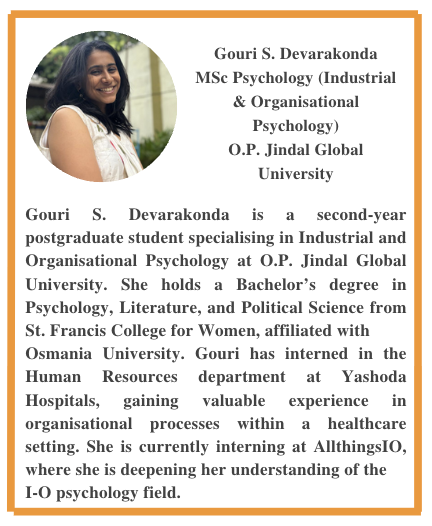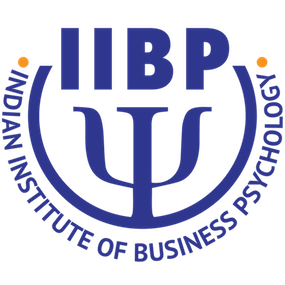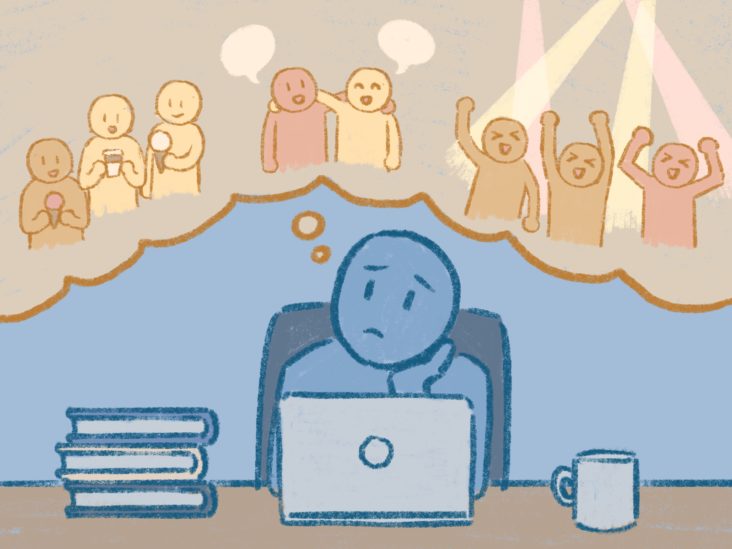We have all dreamt of the day we finally get to leave home and start our own lives. Festivals and family traditions seemed overwhelming when we were still living back home. Once you leave, you are surrounded by a ton of responsibilities that make you realize that maybe you did, in fact, have it much better when you were helping with cooking an elaborate meal, instead of cooking up a story for your boss to miss the next totally fun work hang, which you definitely know is a monthly review.
Once you start living away from home, nostalgia becomes a wonderful escape, you’re taken back to the damp roads leading to your streets with old flickering lights nobody bothered to change and dishes that were definitely under seasoned, but somehow now, some of the best tasting delicacies. Regardless, even if our memories may be a little flawed, we still do miss being home and participating in all the fun little traditions during festivals. As we move into the next chapters, we are often met with the need to have a work-life balance, and more often than not, we forget when the work stops and when to regain balance, though answering a work call mid-aarti might be the new normal.
Work-life imbalance is an escalating concern that stems directly from the increasing demands placed by modern workplaces. Extensive working hours, compulsory overtime, and relentless work pressure disrupt employees’ ability to engage meaningfully with their personal and family lives, often leading to a persistent sense of disconnection and stress. Indian workers average 46.7 hours per week, with over half exceeding 49 hours, surpassing many developed nations like Germany 34.2 hours and Japan 36.6 hours. Nearly 88% of urban Indian
professionals report poor work-life balance. However, over half of the Indian workforce continues to endure long hours, contributing to widespread stress and burnout (Spectrum, 2025).
In another study by Vyas, Sajjan, & Hanji (2015) of KSRTC service sector employees, reported that they always worry about work even when not at work, while 60% were routinely absent from significant personal events due to occupational duties, highlighting the structural constraints that shape day-to-day realities for many workers.
Social expectations often compound this challenge, as people are expected to fulfill every role of parent, employee, and community member flawlessly. However, when inevitable shortfalls occur, support and empathy are scarce. Instead of forgiveness, judgment follows, reinforcing a cycle where individuals, especially in service or non-white-collar sectors, are denied opportunities to participate fully in family rituals or traditions. This is particularly rare in jobs requiring geographical mobility or shift-based work, where being present at home is a luxury. Unlike some white-collar roles that offer flexible policies or remote work options, many service sector jobs lack even the most basic work-life accommodations. The direct result is frequent absenteeism from family milestones and a sense of missing out on core social experiences, further entrenching feelings of guilt and inadequacy.
To break the cycle of guilt, it is crucial to transition from narratives of personal failure to a broader acceptance of the blurred lines between work and life. As October (2015) argues, the pursuit of perfect “balance” can itself be damaging; individuals are better served by embracing acceptance and recognizing that work and life often flow together. By letting go of the illusion of compartmentalization and instead practicing self-forgiveness and trust in their decisions, people can replace guilt with acceptance.
Finally, while the call for sector-specific solutions is critical, it must be acknowledged that broad recommendations often fail to capture the nuance and diversity of various job environments. Not everyone can be expected to pop onto a call with their families whenever they like and send presents or even curate small traditions to feel better about missing out on traditions. Cautiously designed research must take into account distinct sector realities, and a deep contextual understanding is the only path to sustainable change for everyone.
References:
Eikhof, D. R., Warhurst, C., & Haunschild, A. (2007). Introduction: What work? What life? What balance?: Critical reflections on the work-life balance debate. Employee relations, 29(4), 325-333.
Gupta, M., & Sharma, A. (2021). Fear of missing out: A brief overview of origin, theoretical underpinnings and relationship with mental health. World journal of clinical cases, 9(19), 4881.
Houston, D. M. (2005). Work-life balance in the 21st century. In Work-life balance in the 21st century (pp. 1-10). London: Palgrave Macmillan UK.
October, T. W. (2015). Work–life balance is an illusion: replace guilt with acceptance. Frontiers in Pediatrics, 3, 76.
P, A. (2024, November 20). The chaotic leave scenario of Indian employees working at MNCs. ETHRWorld.com.
https://hr.economictimes.indiatimes.com/news/trends/employee-experience/the-chaotic-le ave-scenario-of-indian-employees-working-at-mncs/115468031
Singh, S. (2014). Measuring work-life balance in India. International Journal, 2(5), 35-45. Spectrum. (2025, January 9). India’s Debate on Work-Life Balance vs. Long Hours. Spectrum Talent Management.
https://www.stmpl.co.in/indias-debate-on-work-life-balance-vs-long-hours/ Tiwari, M., Mathur, G., & Narula, S. (2024). Ramification of work and life integration on exhaustion and work–life balance due to Covid-19 in IT and academic institutions. Information Discovery and Delivery, 52(4), 400-413.
Vyas, B., Sajjan, V., & Hanji, S. V. (2015). A study on work life balance among KSRTC employees. International Journal, 3(4).
About the Author


